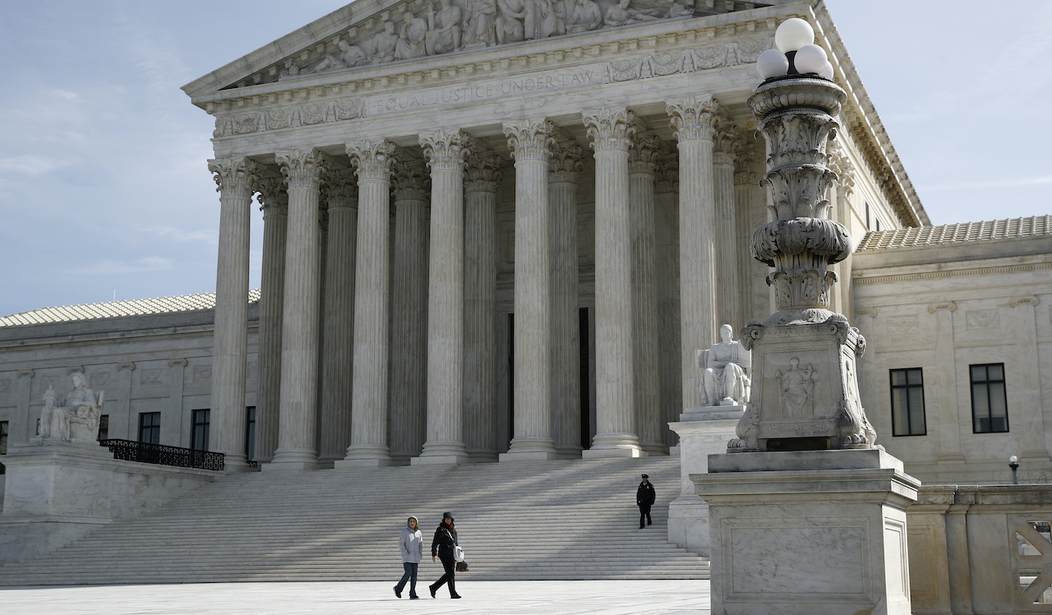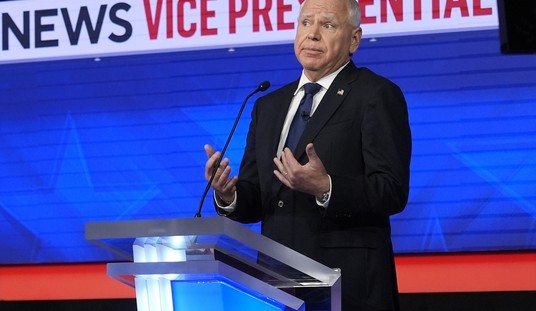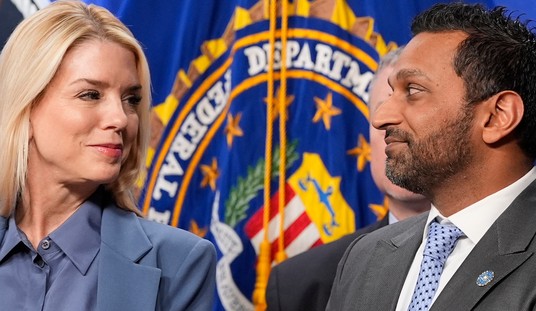One important fact to keep in mind as you read about lawsuits that have been filed, or will be filed, is that in many cases, the Trump Campaign may not be the party bringing the challenge.
A petition for certiorari has been pending before the Supreme Court for two months seeking to challenge the Pennsylvania Supreme Court’s decision to modify Pennsylvania election laws in ways that the Pennsylvania Legislature had refused to do when it passed measures intended to deal with the impact of COVID-19 on the election process. The petition was filed by the Republican Party of Pennsylvania along with members of the Pennsylvania Legislature. The Trump campaign was not involved in that case. The Defendant is the Pennsylvania Secretary of State, the Office which oversees Pennsylvania elections. The Defendant has questioned whether the Plaintiffs have “standing” to bring the challenge they are asserting, arguing that neither has suffered an “injury” to their interests by the Supreme Court action they are challenging.
The status of the matter is that the Supreme Court declined to issue an emergency stay that would have prevented the Pennsylvania Supreme Court’s order from being enforced while the US Supreme Court decided to hear the case. And that is a key fact to understand — the Supreme Court has not yet decided whether it will grant the petition to hear the case, and decide whether the Pennsylvania Supreme Court acted lawfully.
But the Trump Campaign has now made a motion to “intervene” in the case, and assume the same status as the petitioners — active litigants in the matter. The purpose of this kind of motion is to prevent a new case from having to be filed that would repeat all the same arguments that were made in the petition now pending before the Court. The Trump Campaign states in the motion that it would adopt the petition and arguments already filed in the matter. More importantly, the Trump Campaign certainly has suffered “injury” in a manner unlike the Petitioners, and having the Trump Campaign join the case would prevent it from possibly being dismissed on the grounds of “lack of standing.”
When the Pennsylvania Legislature refused to amend Pennsylvania election laws in a manner requested by Dem. Gov. Tom Wolf, Democrat interest groups filed suit in Pennsylvania state court seeking the same changes.
The Pennsylvania Supreme Court eventually issued a decision that granted some of the relief that had been sought by the Plaintiffs. Most significantly, the Court ordered that mailed ballots did not need to be received by election officials on November 3 as required by statute, but could be accepted and counted so long as they arrived by November 6 — if they were postmarked on or before Nov. 3. The basis of making the change was that the Pennsylvania state constitution grants the judiciary authority to rewrite state laws to avoid constitutional infirmity. Within the text of the Opinion, however, the Pennsylvania Supreme Court acknowledged that it found nothing unconstitutional about the existing Pennsylvania law under the US Constitution; the only basis for its ruling was the requirements of the Pennsylvania Constitution.
The challenge filed by the Pennsylvania GOP — which the Trump campaign is now seeking to adopt — is that the Pennsylvania Supreme Court’s action itself violated the US Constitution as it usurped an express power given by the US Constitution solely to state legislatures when it disregarded what the Pennsylvania Legislature had decided regarding the “time, place, and manner of elections”, and substituted in place the Court’s view.
The US Constitution, Article II. §1, Clause 2 states:
Each State shall appoint, in such Manner as the Legislature thereof may direct, a Number of Electors….
The Pennsylvania GOP is challenging the Pennsylvania Supreme Court’s extension of the ballot receipt deadline on the basis that the plain language of Art. II, Sec.1, Cl. 2 states that the manner of selecting electors — which is what each state’s election actually accomplishes — is to be done as determined only by the Legislature of each state, not by any court.
If successful, the outcome would eliminate the three-day period during which Pennsylvania counties continued to received mail-in ballots if they had a postmark dated on or before Nov. 3 — or if that had no postmark at all (that’s another story).
It is unknown at this point how much of the delay in finishing the ballot counting in Pennsylvania was attributable to mailed-in ballots that continued to arrive on Wednesday, Thursday, and today, and whether those ballots had an impact on the outcome of the race in Pennsylvania.
Some ignorant press outfits suggested over the course of the past 72 hours that the Supreme Court had approved the Pennsylvania Court’s order, but that is not accurate. The only issue that was before the Supreme Court was whether to grant an emergency stay while the Court considered whether to hear the challenge. That vote ended in a 4-4 deadlock vote, and under Court rules, it was unable to grant the relief, and the decision of the Pennsylvania Supreme Court stood while the petition is being reviewed. But that is not a ruling on the merits of what the Pennsylvania Court did, and four Justices have suggested strongly at various points that they would find the Pennsylvania Court’s action unlawful and strike it down.
There is an expectation that Justice Barrett could provide a needed fifth vote because she is an originalist and a textualist when interpreting the Constitution. The opposing view that has been expressed by liberal legal eagle scouts is that “legislature” can only be read as a reference to the entire state government structure, as the “legislature” acts through the Executive, and that the words the “legislature” uses in drafting statutes are always subject to the interpretations given to them by the state’s Supreme Court.
I suspect the response of Justice Barrett will be along the lines of the other textualist conservatives — if the Founders had intended the Clause to refer to the “State” and not the “Legislature”, they would have said so. The basis for limiting the authority to the “legislature” was that the legislative power is closest to the electorate, and the words used in the statute drafted by the “legislature” power have a particularly compelling meaning for that reason.
The outcome of the case may not change the outcome of the vote in Pennsylvania as it now stands. That would be one basis for the Court to deny the petition and not decide the challenge.
But there is a similar case now pending in the Fourth Circuit Court of Appeals and the Eighth Circuit Court of Appeals — each of which seems to be going in opposite directions on the question. The Supreme Court could resolve the dispute over the text of the Constitution by accepting the case. One advantage to doing so is that it would largely put an end to election-eve and election-day changes to state voting procedures imposed by courts, which have mushroomed in recent election cycles. All issues concerning the “time, place, and manner” of holding elections would be resolved solely in the legislative arena of each state.
But one big disadvantage if deciding the question on the basis of the narrow issue in the Pennsylvania case is that the implications for saying Courts — state and federal — may have only a very limited role in supervising the “manner” in which elections are held could have far-reaching implications on a variety of issues that are now regularly subject to court challenges — none more significant than the redistricting process which states undertake to determine the geography and demographics of individual congressional districts.
If the Trump Campaign successfully presses this argument before the Supreme Court and prevails, that might be one of the most significant and lasting legacies of the Trump era.
But that is a topic for a different article.














Join the conversation as a VIP Member